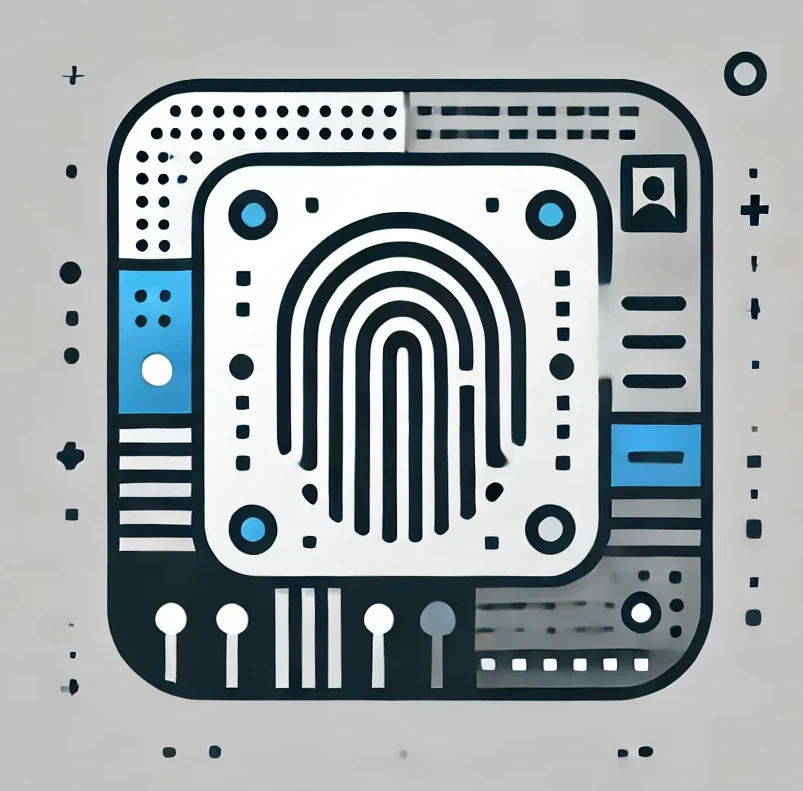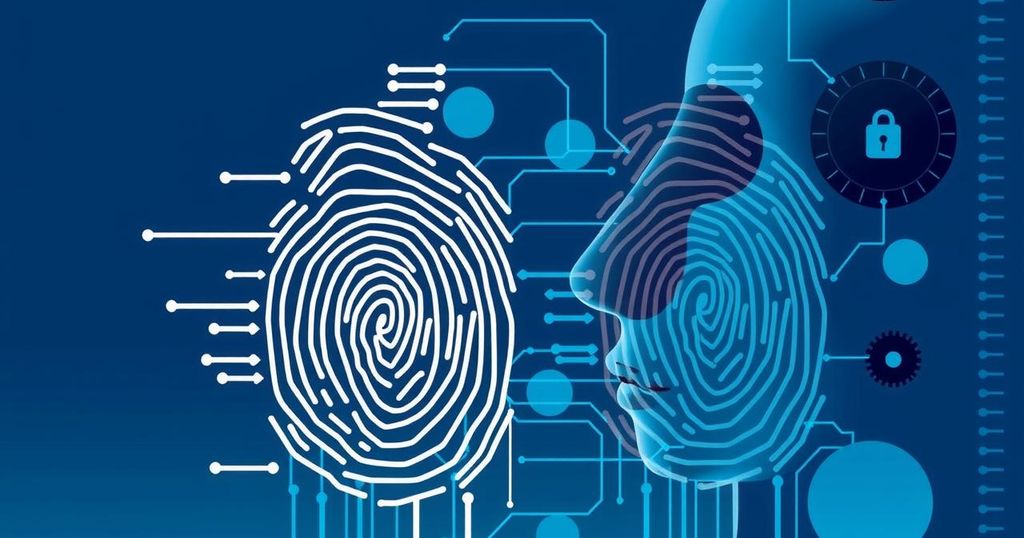The financial sector is increasingly adopting biometric authentication, moving away from traditional passwords to enhance security and user experience. Methods like fingerprint scanning, facial and voice recognition, and behavioral biometrics provide more secure alternatives. While challenges such as privacy concerns and data management persist, innovations in AI, machine learning, and blockchain are promising for future biometric systems.
The financial industry is increasingly adopting biometric authentication to enhance security and improve user experience, moving away from traditional password systems. In the digital landscape, characterized by sophisticated cyber threats, passwords no longer suffice as a robust defense. Biometric identifiers, such as fingerprints and facial recognition, provide a more secure alternative that reflects each individual’s unique identity.
Passwords have become a liability due to widespread password fatigue, leading users to opt for weak or reused passwords. This misuse creates vulnerabilities that cybercriminals readily exploit. Statistics highlight the growing frequency and severity of data breaches, particularly affecting the financial sector. Biometric solutions promise improved security and convenience through methods like fingerprints, facial recognition, and voice patterns.
Fingerprint scanning is a familiar and widely used biometric method in mobile banking. Its convenience and reliability have led to its integration in smartphones, facilitating secure transactions. Advancements in scanning technology, such as under-display sensors, enhance usability and acceptance of biometrics in securing financial operations.
Facial recognition offers similar advantages, although it raises privacy concerns. Its applications in account verification and fraud detection are expanding, yet risks associated with deepfake technology necessitate caution. Financial institutions in the UK illustrate a cautious approach that balances security benefits with privacy considerations.
Voice recognition technology provides a convenient alternative for identity verification in remote banking and customer service. Its adoption in US call centers aims to streamline operations, though it poses challenges, including background noise and voice spoofing risks. These issues require careful management to ensure reliable authentication.
Behavioral biometrics leverages user behavior patterns, such as typing and mouse movements, for continuous authentication. This advanced method allows for the detection of anomalous activities, enhancing security beyond simple authentication measures by recognizing subtle changes in user behavior, like typing speed, indicating potential fraud.
Despite its benefits, iris scanning faces hurdles to widespread use due to its complexity and cost, despite being one of the most secure biometric methods. Protecting sensitive biometric data necessitates stringent safeguards and compliance with regulations like GDPR and CCPA. The accuracy of biometric systems is vital, as environmental factors and individual variations can influence reliability.
Ongoing criminal adaptation requires financial institutions to stay vigilant against biometric spoofing and other threats. Investing in technologies that provide liveness detection is essential to countering these methods effectively. This situation represents an ongoing arms race in cybersecurity.
The future of biometric authentication in finance looks promising, with the integration of multiple modalities and advancements in artificial intelligence and machine learning enhancing both security and user experience. AI can analyze extensive datasets to identify threats in real time while machine learning can adapt biometric systems to maintain accuracy and reliability.
Blockchain technology also holds promise for revolutionizing the management of biometric data, offering a secure and decentralized platform for handling sensitive information. This could pave the way for decentralized identity systems, empowering individuals with better data control. Adopting biometric authentication signifies a fundamental shift in securing financial transactions. Financial institutions must balance enhanced security with privacy and user experience to successfully navigate this technological revolution, ultimately leading to a more secure future for customers.
Biometric authentication is transforming the financial sector, offering enhanced security and user convenience. As institutions adopt various biometric methods, including fingerprints, facial recognition, and behavioral patterns, they must address challenges such as privacy concerns and data management. By leveraging advancements in AI, machine learning, and blockchain, financial organizations can build a secure ecosystem while navigating the complexities introduced by evolving cyber threats. This paradigm shift denotes a significant move towards safeguarding financial identities effectively.
Original Source: www.bobsguide.com





